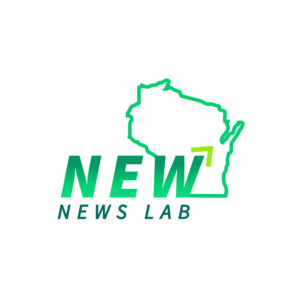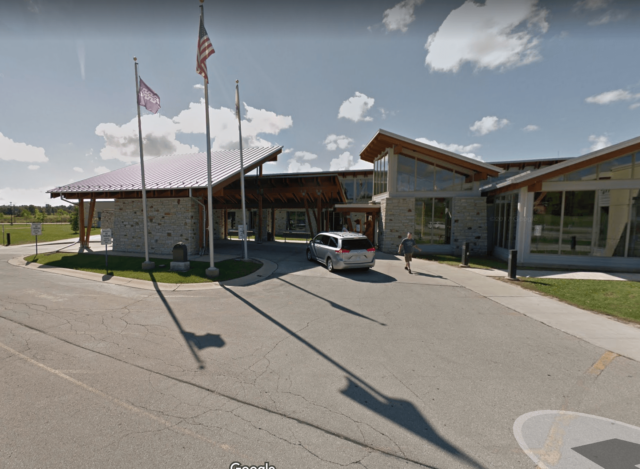
When COVID infections began to rise in the spring of 2020, tribal officials in the Oneida Nation acted to safeguard elders first. Prior to the pandemic, the Nation’s Comprehensive Health Division provided elder care through a meal program that served 150 elders daily, and a long-term care facility with skilled nursing services. Wanting to prevent any loss of life, health officials took decisive action.
“We made the decision, which wasn’t popular at the time, that we needed to shut down the congregant meals site,” and implement the long-term care facility shutdown about a month ahead of the rest of the state, said Health Division Director of Operations Debra Danforth.
Recognizing health disparities in the Nation and responding equitably to different needs have been a priority for Oneida health officials. Native Americans have disproportionately suffered Covid infections and hospitalizations, according to the IHS. Indigenous people are also more likely than white people to experience Covid complications due to preexisting conditions such as heart disease and diabetes. Danforth, Meyers, and their colleagues had this in mind when responding to this potential crisis. “The Oneida nation really took a strong approach to safety and mitigation strategies from the start,” Meyers said.
When vaccines became available, elders aged 65 and older were the first tribal members to be contacted for vaccination appointments, aligning with Wisconsin vaccine prioritization guidelines. Though it took more effort to call every elder, public health official Michele Meyers said relying on online registration wouldn’t have been a viable strategy. “It wasn’t the easy way to go. It was in fact much harder, but we knew that that’s what we had to do for our community members in that age group,” Meyers said.
As of last week, about 7,000 Oneida Nation members had been vaccinated at a Health Division clinic — about 36 percent of the population — Danforth said. She added that it is possible that some members may have received a vaccine outside of the reservation and are not included in that count. Roughly 1.4 million vaccines have been administered nationally to Native people, according to the Indian Health Service; this is a little over 50% of the Indigenous population, Danforth said. Danforth plans to bolster efforts by focusing on teen vaccinations and offering mobile clinics at community events, including a Powwow in August.
Danforth said the health services division has been preparing for an emergency pandemic scenario over the past decade. She says disaster preparedness plans were put in place after H1N1 (Swine Flu) emerged in 2009, which included planning for mass vaccinations.
“When it was time to actually implement it for a pandemic, we were ready to go and knew how to deal with and handle all that,” she said.
Consistent messaging has been key from the onset, and particularly so when reaching youth, Meyers said.
“We see an attitude with younger folks, and this is just in general, you know, ‘I’m healthy, I don’t need to be vaccinated.’ So we really try to talk about the benefits,” she said. The communication strategy has included reaching people on social media and the Oneida newspaper, the Kalihwisaks, and partnering with county health officials.
Danforth said local partnerships have been instrumental in a successful Covid-19 response. Oneida health services have coordinated with local health departments including Brown county and Outagamie County public health departments to share data and coordinate vaccine distribution.
The Oneida Community Health Center serves all members of the Nation as well as any Native person with membership in a federally recognized tribe. The Health Center is one of few tribal facilities to offer an “open door policy,” Danforth says. President Biden recently approved nearly $2 billion in Covid response funding for Native nations as part of his American Rescue Plan. Danforth says this funding will help but only 46% of the reservation’s current health care costs are covered by government funding.
Danforth says the Nation set a target in line with President Biden’s of having 70% of the population vaccinated by July 4th. Danforth wants to see everybody in her community vaccinated. Danforth added that it takes a maximum of 25 minutes to go through a vaccine clinic, and up to 500 people go through a clinic in four hours.
Though she acknowledges that it’s unlikely, the process of reaching people is about more than the numbers. “While we’re providing these mass vaccination clinics to those, we’re simultaneously investing time and resources to build vaccine confidence and trust and health care,” Meyer said.




























